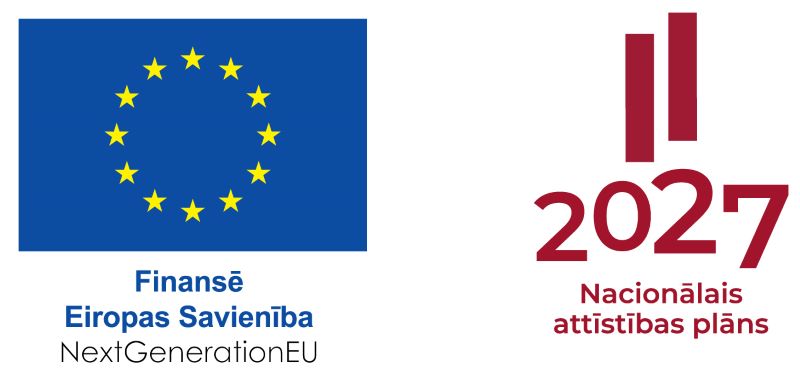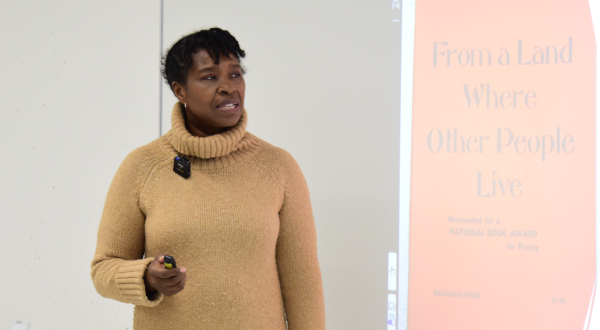Zviedrijas pētniece RSU simpozijā "Wild Things" dalījās pieredzē par meža ogu vērtības palielināšanu
Evelīna Hoglunda (Evelina Höglund) strādā Zviedrijas Pētniecības institūtā (Research Institute of Sweden, RISE), kur pēta pārtikas produktus un to pārstrādes iespējas, analizējot produktu struktūru, tekstūru, garšu un uzturvielu daudzumu.
Tāpat viņa strādā koordinētajā pētniecības centrā FINEST (Food Innovation for Sustainable System Transition), kura mērķis ir palīdzēt nozarei virzīties uz ilgtspējīgāku pārtikas vērtības ķēdi. Daļa no centra darba ir saistīta ne tikai ar jaunu pārtikas prototipu izstrādi, bet arī ar uzņēmējdarbības modeļu analīzi un nozares trūkumu apzināšanu, kas kavē šīs nozares ilgtspējīgāku attīstību vides, veselības, ekonomikas un sabiedrības kontekstā.
Evelīna Hoglunda pavisam nesen viesojās Rīgā, lai piedalītos simpozijā Wild Things, kas tika organizēts, lai rosinātu kopīgi pētīt “savvaļas” daudzveidīgo nozīmi, analizējot, kā savvaļa uztur kultūras identitātes, kalpo kā ienākumu avots un darbojas kā radošs spēks, kas kritizē un pārveido sabiedrību.
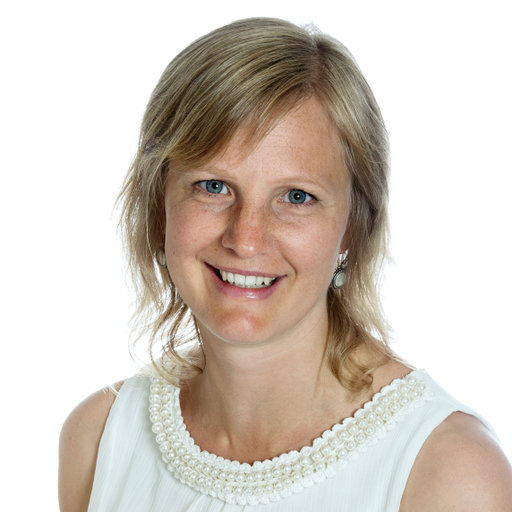 Pētniece Evelīna Hoglunda. Foto no ResearchGate arhīva
Pētniece Evelīna Hoglunda. Foto no ResearchGate arhīva
Kā jūsu darbs FINEST ir saistīts ar simpozijā Wild Things aplūkotajām tēmām?
Viena no lietām, pie kurām FINEST strādājam, ir saistīta ar meža ogām. Šī ir joma, kas mani saistīja ar simpoziju Wild Things. Mēs pētām visu ķēdi – gan to, kā, piemēram, no ogām ražot jaunus produktus, gan arī to, kā tās tiek vāktas. Pētām, kādas problēmas varētu rasties šajā ķēdē, tostarp ogu vācēju sociālos apstākļus. Mēs cenšamies noteikt, ko varam attīstīt šajā ķēdē un kā to uzlabot.
Kā saprast terminu "vērtības ķēde", un ko mainītu tās vērtības palielināšana?
Vērtības ķēde nozīmē visu procesu no ogu novākšanas brīža līdz brīdim, kad tās nonāk tirgū kā produkti.
Pašlaik Zviedrijā ķēdes vērtība nav tik augsta, tāpēc mums jācenšas to palielināt. Ja mēs varam saražot vairāk produktu, kuru vērtība ir augstāka, tad uzņēmumi var atļauties ieguldīt jaunās tehnoloģijās vai uzlabot darba apstākļus ogu vācējiem.
Mēs neizmantojam visas mums pieejamās ogas, un Zviedrijā ir daudz ogu.
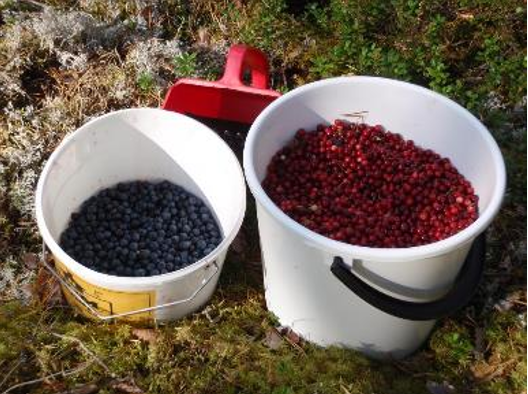
Meža veltes. Foto no RISE arhīva
Vai jums ir kāds piemērs, kā varētu uzlabot vērtības ķēdi?
Zviedrijā, ražojot no ogām dažādus produktus, tās izmanto atšķirīgos veidos. Gatavojot ievārījumu, uzņēmumi izmanto veselas ogas, bet, gatavojot sulu no Zviedrijā populārajām mellenēm vai brūklenēm, ogas tiek spiestas, lai iegūtu sulu, bet pāri paliek daudz ogu pārpalikumu – ogu izspaidas, ko mēs saucam par izspaidu kūku.
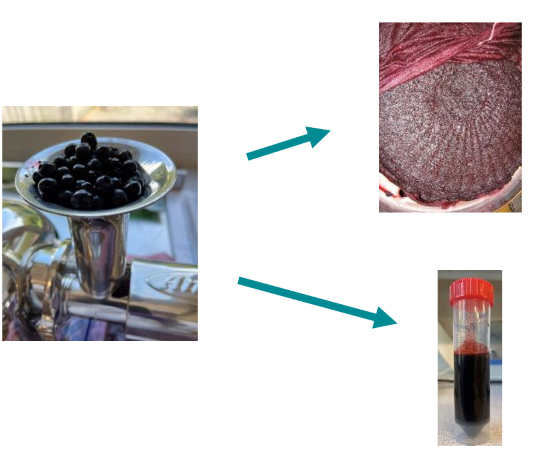
No ogām sanāk sula un presētas izspaidas. Foto: RISE
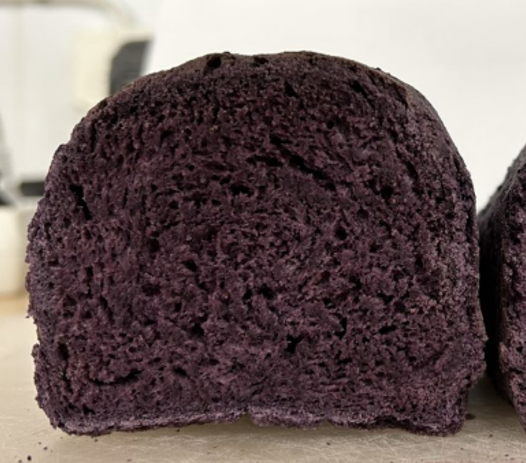
Eksperiments ar pulverī saberztu melleņu izspaidu pievienošanu maizei. Foto: RISE
Presētas ogu izspaidas nav tik saldas, jo lielākā daļa cukura ir sulā, bet tajās ir daudz polifenolu un dažādu uzturvielu, šķiedrvielu, krāsas un diezgan daudz garšas. No presētām ogu izspaidām ir iespējams iegūt vērtīgākus polifenolus, pigmentus vai eļļu, vai var izmantot tās kā pārtikas produktu sastāvdaļu, taču Zviedrijā neviens to nedara. Mēs sadarbojamies ar Zviedrijas ogu uzņēmumu, kura galvenais produkts ir presētas ogu izspaidas. Tās pārdod Vācijai, kur no tām iegūst pigmentus kosmētikas rūpniecībai. Par tām maksā daudz, tāpēc tas faktiski ir augstvērtīgs produkts, nevis tikai blakusprodukts vai atkritumi.
Viena no problēmām ir tā, ka arī ogu izspaidu uzglabāšanas laiks nav ilgs. Tās ir mitras, tajās ir cukurs, un tās nav tīras, t. i., tajās ir daudz meža gružu. Ja tās uzreiz netiek izmantotas, tās var sapelēt.
Ja uzņēmums varētu ne tikai ražot sulu, bet arī izmantot ogu izspaidas, tā būtu kā iespēja, kas paaugstinātu minētās ķēdes vērtību.
Kāds bija jūsu galvenais mērķis, apmeklējot simpoziju?
Es domāju, ka dažādās valstīs ir līdzīgas problēmas un kopīgas tendences. Šis simpozijs notika piemērotā brīdī, jo, manuprāt, visās valstīs ir līdzīga situācija — mēs redzam, ka nepieciešams izmantot to, kas mums ir, – visas pieejamās sastāvdaļas un izejvielas. Tam jānotiek ne tikai Zviedrijā, bet arī visā reģionā.
Tā kā pasaulē pašlaik nav stabilitātes, ir daudz iemeslu, kāpēc ir labi apgūt, kā labāk rīkoties ar to, kas mums ir pieejams.
Ko jūs gribat panākt ar saviem pētījumiem?
Es gribu veicināt izpratni un uzsvērt, kāpēc ir svarīgi pirkt vietējos produktus. Zviedrijā ogas tiek uzskatītas par garšīgām un veselīgām, taču mēs tās neēdam un nepērkam tik daudz, cik varētu. Veikalos zviedru ogas var atrast pie saldētajiem pārtikas produktiem, bet svaigās ogas, piemēram, avenes un mellenes, galvenokārt tiek ievestas. Mēs strādājam pie tā, lai saprastu, ko patērētāji patiesībā vēlas, vai viņi prot atpazīt, kuras ir zviedru ogas, un kāpēc viņi maksā daudz par importētajām avenēm, bet nav gatavi maksāt tikpat daudz par zviedru avenēm.
Es gribētu mainīt attieksmi pret ogām, lai tās tiktu uztvertas kā augstvērtīgāks produkts.
Simpozijs Wild Things tika organizēts ES Atveseļošanas un noturības mehānisma plāna un valsts budžeta finansētā projekta RSU iekšējā un RSU ar LSPA ārējā konsolidācija (nr. 5.2.1.1.i.0/2/24/I/CFLA/005) ietvaros īstenotajā pēcdoktorantūras grantā Augu aģence un laikmetīgā māksla: ilgtspējīgas attiecības ar vairāk-kā-cilvēka pasauli (nr. RSU-PG-2024/1-0003).
